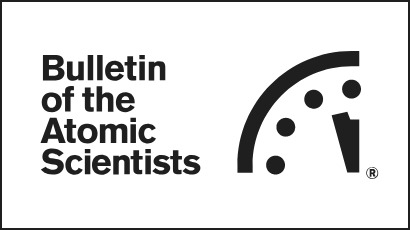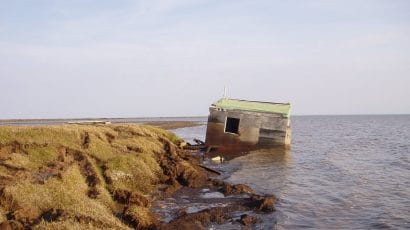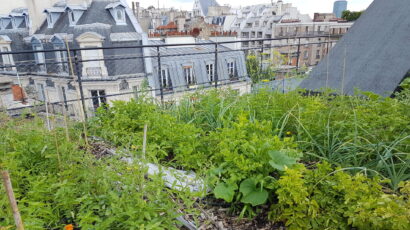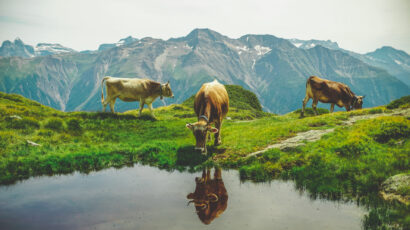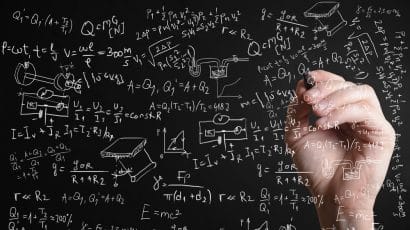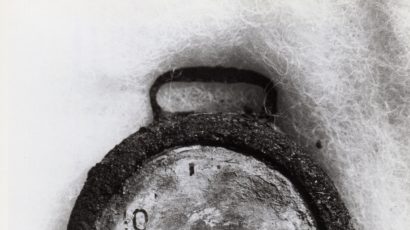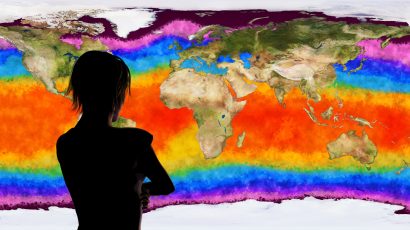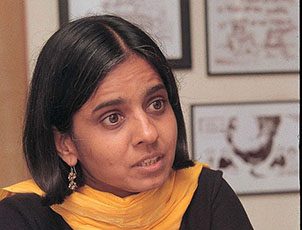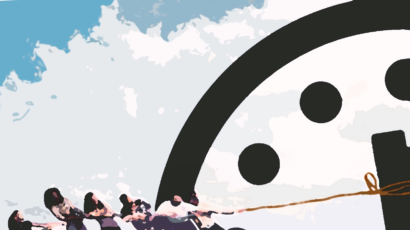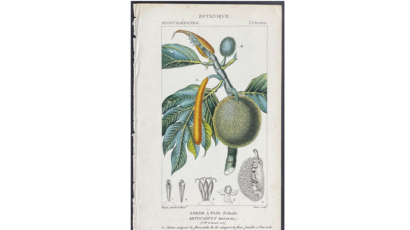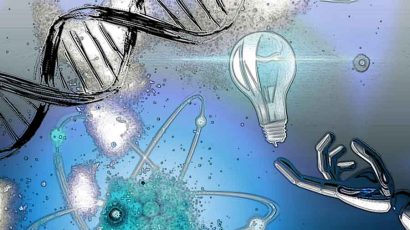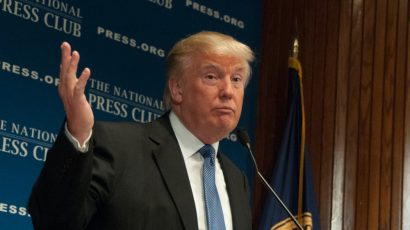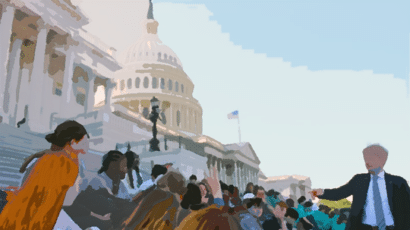Search results for
It is still three minutes to midnight
In keeping the hands of the Doomsday Clock at three minutes to midnight, the members of the Bulletin of the Atomic Scientists Science and Security Board mean to make a clear statement: The world situation remains highly threatening to humanity, and decisive action to reduce the danger posed by nuclear weapons and climate change is urgently required.
Getting evacuations right—in time for the next one
Amid a changing climate, more mass evacuations will be necessary. Let’s try to learn from past mistakes.
The A1 Verse: The limit of the marginal
Something more than journalism, something that approaches … poetry.
Superstorms and the man who saw them coming
It’s sometimes forgotten that in March 2013 the head of America’s Pacific Command said the top security threat in the region was global warming. Simon Winchester thinks it’s worth remembering.
Keeping tabs on nuclear security commitments
How can gift-basket diplomacy be preserved beyond the 2016 Nuclear Security Summit?
What do we really know about urban agriculture’s impact on people, places, and the planet?
Urban agriculture is not automatically guaranteed to be more climate-friendly than conventional agriculture. But it does have an effect on the food and water resources of cities—and by including some very specific steps, urban farmers can indeed slash their carbon emissions.
Does ‘net zero’ mean zero cows?
A significant share of anthropogenic global warming comes from livestock production—in particular, the methane they burp out. But we should not fool ourselves that getting rid of animal agriculture would solve climate change. At best, removing cows could make up for a couple decades of continued inaction in reducing fossil emissions.
Another victim of coronavirus: Science
Empty labs and abandoned research are another effect of COVID-19
Doomsday Clockwork
Neither bogeyman, nor crystal ball, nor actual timepiece: Answers to your questions about the science and history behind the Bulletin’s Doomsday Clock.
Six of 2017’s best columns
Our regular columnists tackle an eventful year.
Sunita Narain: Portrait of an activist
Back in May this year, Time magazine named its “100 Most Influential People” of the world for 2016—a list that included such well-known figures as Leonardo di Caprio, Pope Francis, Mark Zuckerberg, and the president of the United States, Barack Obama. And included among them was an environmentalist perhaps best-known to the reading public in … Continued
Germany’s Energiewende: The intermittency problem remains
We often hear about Germany’s audacious ‘energy turn-around,’ or Energiewende, from fossil fuels to renewables. But how has it really worked in practice, from the viewpoint of someone who has worked for more than two decades for both Germany’s utilities and large, energy-intensive industries? What lessons can the United States take from observing the German experience?
Introduction: What you can do to turn back the hands of the Doomsday Clock
Those who believe that they can succeed are usually the ones who do.
The Pope’s encyclical on the environment: Not even close?
It is ironic that while the scientific community has long tried to raise warning signals and induce action to address human-induced climate change, an encyclical from the pope on this subject is being taken by many as an ultimate call to action on this urgent issue. To be sure, the Pope’s encyclical is based in … Continued
What if potatoes grew on trees? An interview with the Breadfruit Institute’s Diane Ragone
Once a storied icon of the Pacific, this indigenous foodstuff seemed destined for oblivion, a victim of fast-food chains and cheap canned goods. But this more-or-less forgotten, low-cost, sustainable, environmentally friendly, locally grown fruit may be seeing a revival. The Bulletin talks to the founder of the Breadfruit Institute in Hawai'i to find out the story behind this fruit's rise, fall, and re-birth.
Neuro, cyber, slaughter: Emerging technological threats in 2017
Looking back at our best coverage in 2017 of emerging technological threats.
BBC: Did Trump fire Comey as part of a cover-up?
If nothing else, President Donald Trump’s firing of FBI director James Comey amid an FBI investigation of the Trump administration’s ties to Russia has raised questions, at home and abroad, about the quality of US governance.
One problem for renewables: Not enough rare earths. One solution: recycling. But there’s a hitch.
A huge amount of the metals and rare earths needed to build solar panels, wind turbines, and electric vehicles may be sitting in the trash heap. Consumers throw out 62 million metric tons of electronics every year, in the form of discarded laptops, printers, smart fridges, iPhone speakers, and other electronic waste. The energy used to recover and recycle the minerals found in this "e-waste" produces as little as one-tenth the carbon emissions needed to mine for virgin metals. But there's a few hitches to sort out first.
Interview: California Congressman Ted Lieu on what you can do about existential threats
The best ways to influence your elected officials, from the point-of-view of an elected official.
